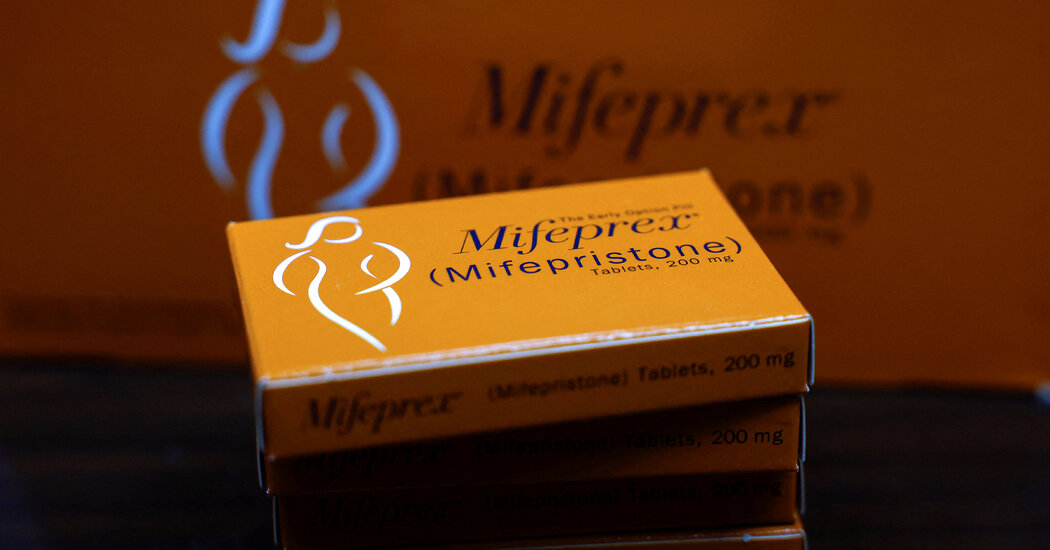The Supreme Court ruled in June that the original plaintiffs, anti-abortion doctors and groups, did not have standing to sue. Now three states are trying to continue the legal fight.
A lawsuit seeking to sharply restrict the abortion pill mifepristone — a case the Supreme Court threw out this year — has re-emerged in a version that presents new challenges for abortion-rights supporters and the federal government’s ability to regulate abortion medication.
The revised lawsuit was filed this month by the conservative state attorneys general of three states — Missouri, Idaho and Kansas — against the Food and Drug Administration in the same federal district court in Texas as the original case. It seeks to reverse numerous regulatory changes the F.D.A. has made since 2016 that greatly expanded access to mifepristone.
It also asks for new restrictions, including to outlaw the medication for anyone under 18. And it takes aim at the fast-growing practice of prescribing abortion pills through telemedicine and mailing them to patients, including those in states with abortion bans.
In the United States, abortion pills are prescribed up to 12 weeks into pregnancy and are now used in nearly two-thirds of abortions. The typical regimen involves mifepristone, which blocks a hormone needed for pregnancy development, followed 24 to 48 hours later by misoprostol, which causes contractions like a miscarriage. Decades of research has found the pills to be overwhelmingly safe, and serious complications rare.
The original lawsuit, filed in 2022 by anti-abortion doctors and groups, was rejected in June by the Supreme Court in a unanimous ruling. The court said that the plaintiffs did not have standing to sue because they couldn’t show they had been harmed by the F.D.A.’s decisions on mifepristone. But that ruling didn’t extinguish the case’s chance of being revived.
Last year, Missouri, Idaho and Kansas petitioned to join the suit at the lower court level and were granted the status of intervenors. The states were denied permission to intervene at the Supreme Court level, but after the original plaintiffs’ claims were rejected, the states remained part of the lower court case, and this month they filed an amended complaint as plaintiffs.
